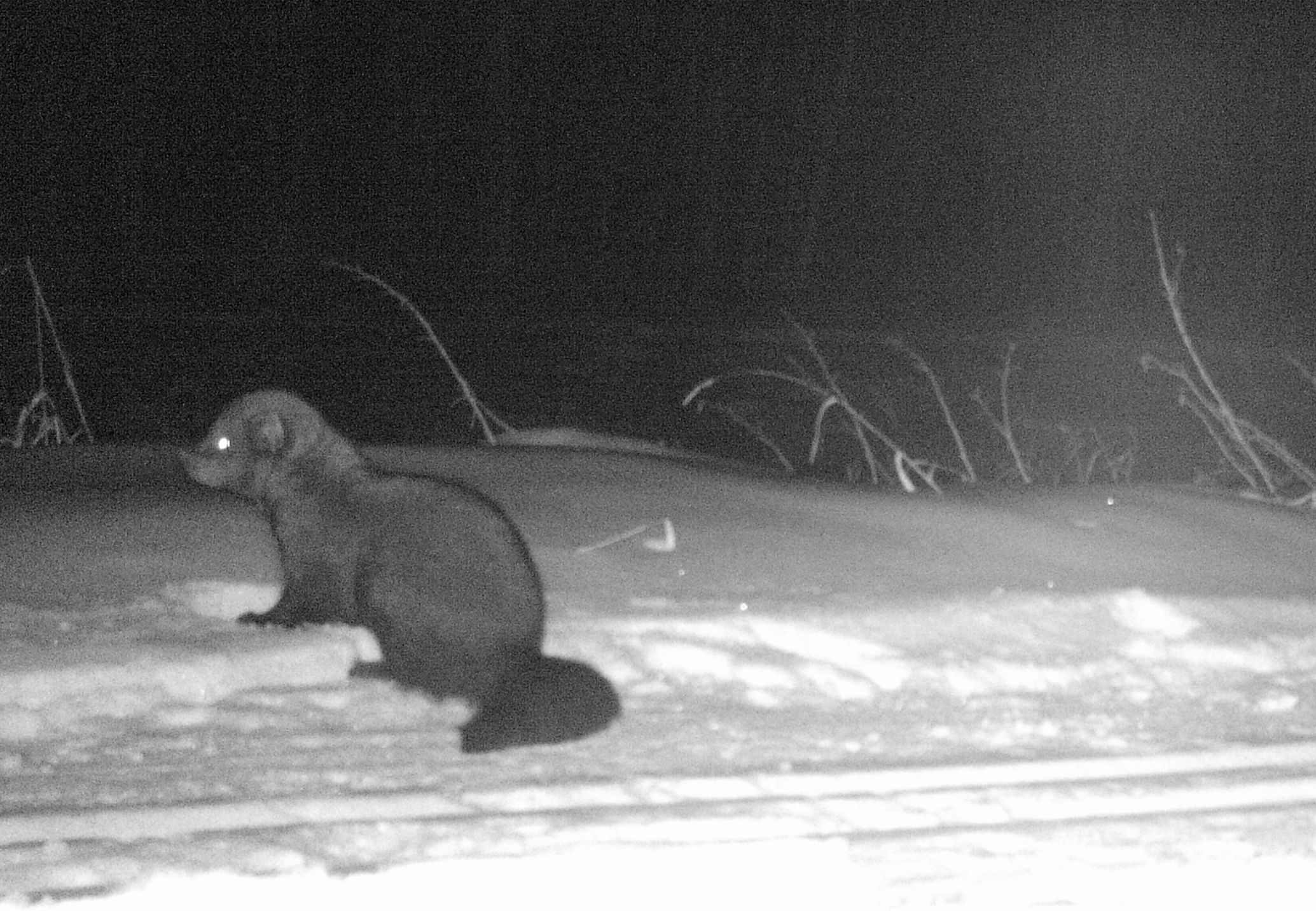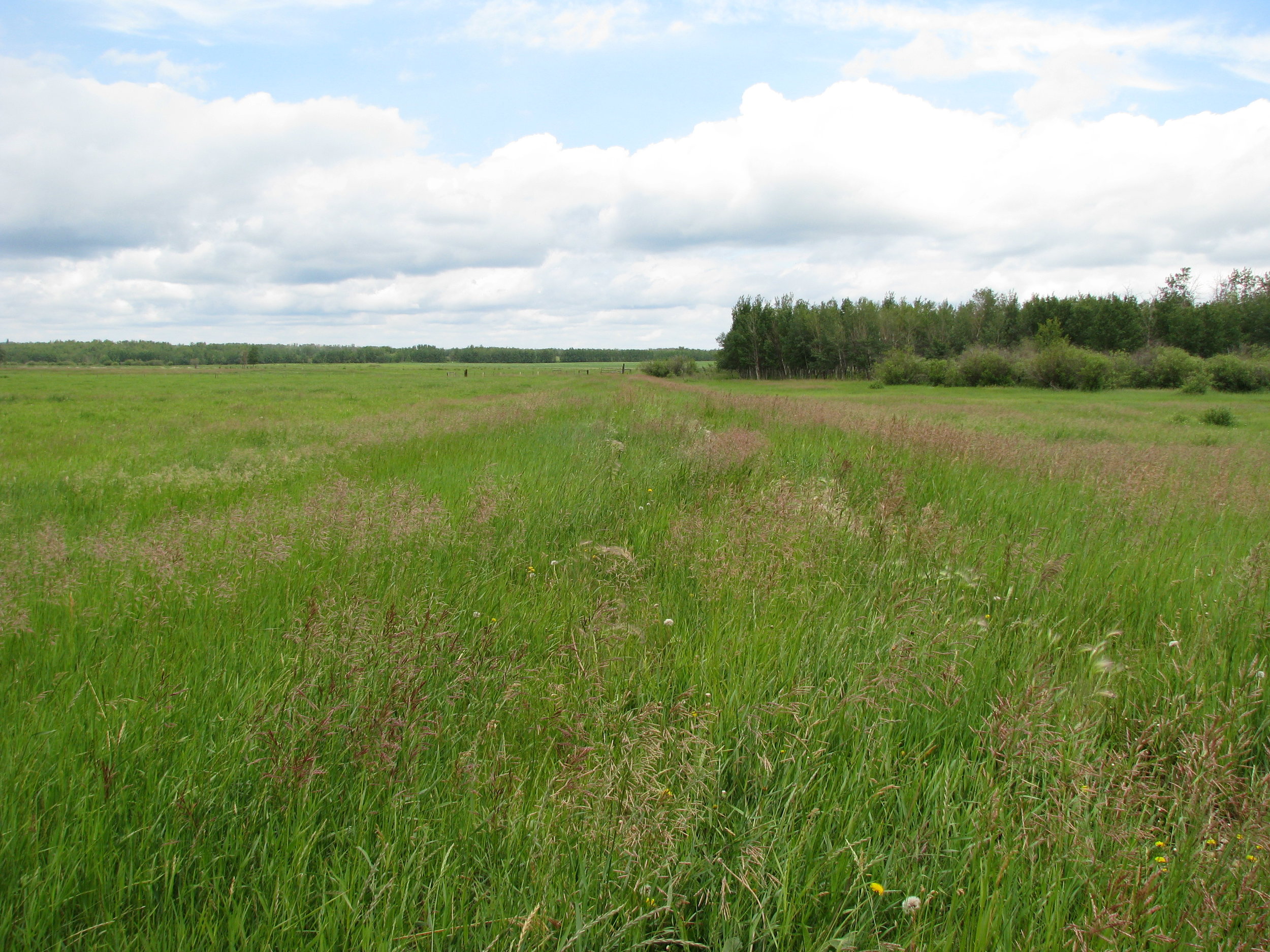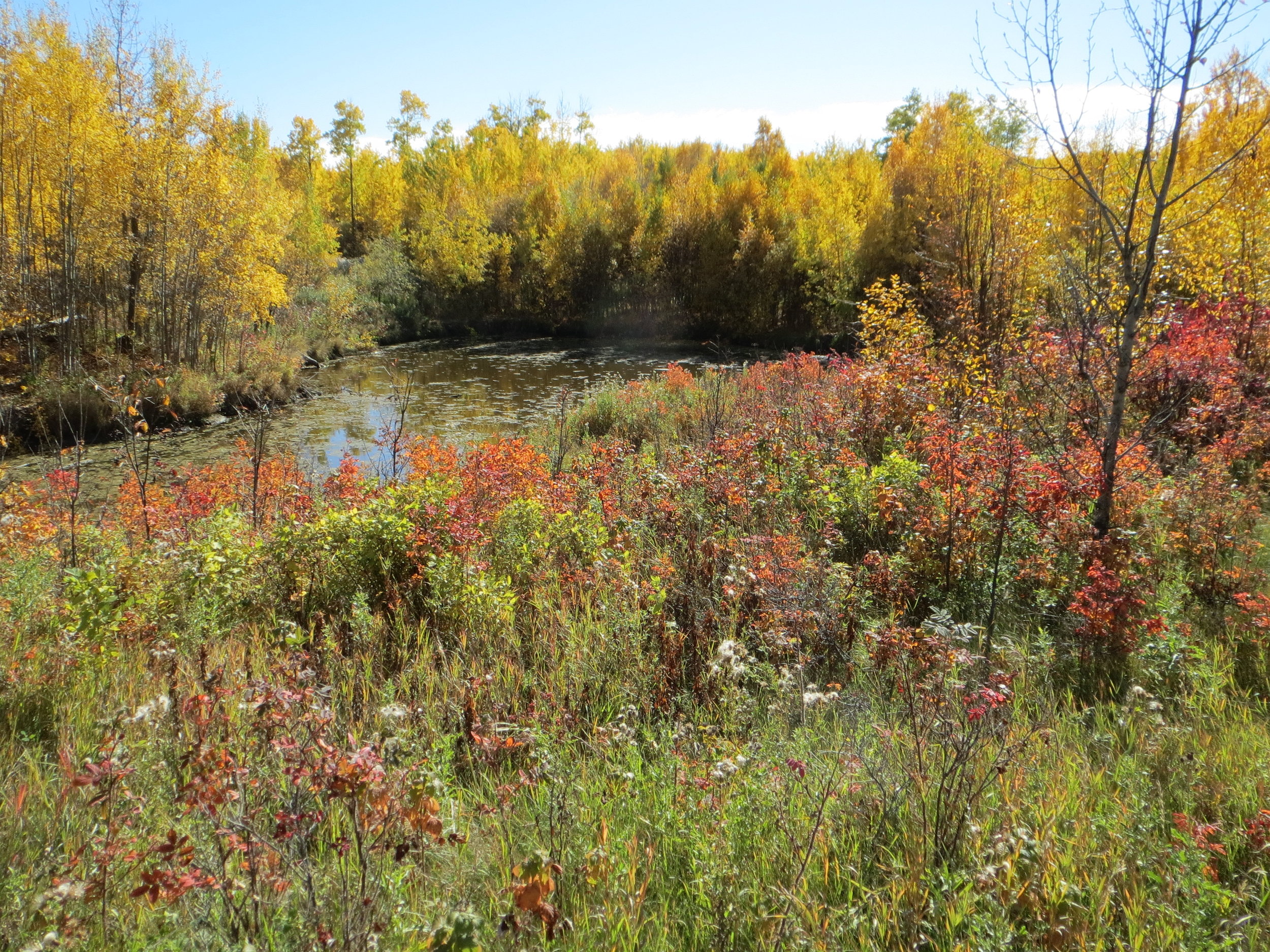Fisher. Photo by Julie Dewilde
Over the past few years, EALT has contributed to the Moraine Mesocarnivores Project (MMP). This project has been headed by Dr. Frances E.C. Stewart and Dr. Jason T. Fisher and has examined the responses of mammals to changes in their landscape and habitat. They aimed to find out how well a fragmented network of protected areas, private woods, and developed land supports mammal populations. The MMP ran from 2013-2018 and used a variety of methods including camera trapping and GPS collaring to study mammal movements in a fragmented landscape.
The MMP examined mammal movements in the Beaver Hills Biosphere (BHB). This area is notable because it is a fairly disturbed part of the Alberta landscape. It is comprised of native aspen parkland, some white spruce patches, periodic small waterbodies, and meadows. The patches of forest in this area are separated from continuous forest in other parts of province (such as the boreal forest to the north). The BHB is also home to high levels of development, including logging, agriculture, oil and gas development, rural residential development, and transportation infrastructure development. The forest loss here in Alberta is higher than the forest loss in the Amazon rainforest because there is so much development.
The MMP used two methods to examine how the landscape was used by mammals. One method was using wildlife cameras to examine the presence and movements of all sorts of mammals, from carnivores like coyote, fisher, and red fox, ungulates like moose, elk, and deer, to smaller mammals like weasels and squirrels. They took 137,807 photos of 15 different mammal species!
EALT uses cameras on our conservation lands to monitor wildlife species, and have found fishers on our lands using this method, like this fisher at Glory Hills and this fox at Coates.
The other method the MMP used to examine how the landscape was used by mammals was using GPS collars to study fishers, usingGPS collars on 14 fishers to study them in depth. Fishers are a very elusive small/mid-sized carnivore that is rarely seen. They rely on forested areas and feed on small mammals. The MMP used GPS collars to examine where fishers were moving and where they were spending time.
EALT had two properties within the BHB that contributed to this study. Cameras were placed at both Golden Ranches and Hicks Conservation Lands. Twenty six out of the sixty four camera traps that were deployed were on private protected land, such as land owned by EALT, the Nature Conservancy of Canada, Beaverhills Initiative, and Ducks Unlimited.
Wildlife cameras were deployed at two EALT Conservation Lands by the MMP
There were several significant results found by the MMP:
Protected areas are still important for species survival, but so is connectivity. If 70-80% of a species habitat is lost, extinction is likely to occur. But, landscape connectivity is more important than we realized. The landscape between suitable protected areas is not barren, it holds some suitability for many mammals. Animals don’t just stay in the protected areas, they also use the rest of landscape, known as the matrix, and are affected by landscape features outside of the protected area up to 5 km away.
Habitat suitability outside protected areas can vary. Mammals can use developed areas that contain some suitable habitat, but may be increasingly limited in areas of greater development. The more extensively the land is developed, the more movement of these animals may be limited.
Conservation success at a landscape level can be achieved by retaining suitable habitat within disturbed areas. For example, this could mean leaving a bit of forest present within or alongside farmers’ fields and residential developments.
Although small areas of suitable habitat within developed areas can be valuable to some mammals, some mammals within protected areas may be negatively affected by surrounding developed areas, known as “edge effects” – a well-known concept in landscape ecology. What happens outside the protected area affects what happens inside. Examples of edge effects can include noise and light pollution, or increased ability of predators to travel around the edges.
Protected areas are more valuable to wildlife when they contain more native habitat and when there are more natural features in the surrounding area. We not only need to conserve protected areas but we also need to address degradation in the surrounding landscape to be effective at conserving protected areas.
The findings of this paper are very relevant to EALT’s goals because we work to provide habitat patches in an interconnected landscape that has a heavy human footprint. Dr. Stewart’s research shows that what we are doing is valuable, but we can’t do it alone. We need the cooperation of nearby landowners to provide patches of habitat to link our protected areas, to ensure we are achieving our goals of wildlife conservation. Conservation is a community effort!
Read more about the Moraine Mesocarnivore Project here!
Fisher. Photo by Josh More






